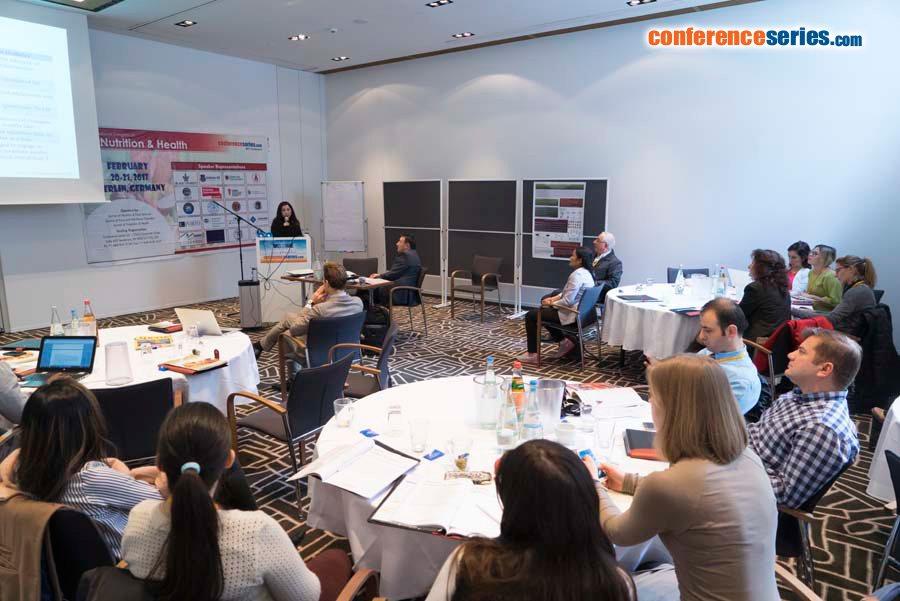
Marjan Bazhan
Shahid Beheshti University of Medical Sciences, Iran
Title: Functional foods against metabolic syndrome: How to promote their consumption in the community?
Biography
Biography: Marjan Bazhan
Abstract
Metabolic syndrome (MetS) is a cluster of metabolic abnormalities characterized by central obesity, dyslipidemia, hypertension, high fasting glucose, chronic low-grade inflammation and oxidative stress. Changes in lifestyle including healthy dietary regimens and increased physical activity should be the first lines of therapy to decrease MetS. According to previous studies, functional foods help prevent or reduce metabolic syndrome by assisting the body homeostasis mechanisms. However, the development of functional foods requires consumers’ awareness, positive attitude towards these products, and their acceptance by consumers. Given the importance of functional foods consumption and their acceptance by consumers, as well as the lack of information in this field in Iran, this study aimed to identify strategies based on social marketing approach to promote consumption of functional dairy products in Tehran, the capital of Iran. Qualitative data was collected via focus group discussions and individual interviews. For this purpose, 8 focus group discussions with housewives and employed women, and 40 in-depth interviews with key stakeholders (in different fields of production, distribution and consumption) was held, between May and September 2014. In total, 105 people participated in this qualitative research. Thematic content analysis was used to analyze the data, using MAXQDA® software. Using content analysis, strategies to promote consumption of functional dairy products from the perspective of key stakeholders and consumers were categorized in 5 main groups: (i) factors related to consumer, which included four subthemes - knowledge, attitude, personal taste and preferences, and nutritional priorities; (ii) product characteristics, which included two subthemes- sensory and non-sensory characteristics; (iii) product accessibility included two subthemes- physical and economic accessibility; (iv) place of the product supply; and (v) promotion strategies, which included four subthemes- informing and educating, advertising, recommending friends, professionals and others, and supporting the production. This information can be useful for different stakeholders including food industry to help them develop appropriate marketing plan for each groups of consumers to meet their specific needs and preferences, both health policy makers to understand the marketing aspect of the people’s changing consumption behavior to design effective interventions to increase consumption of these products among consumers.

